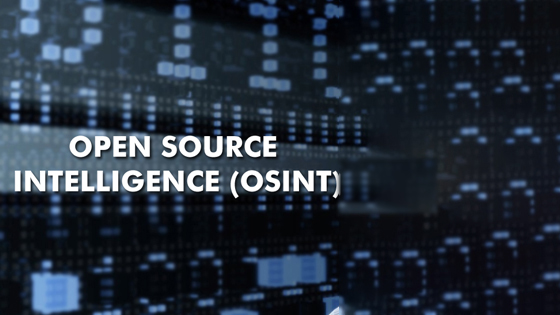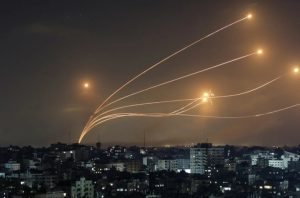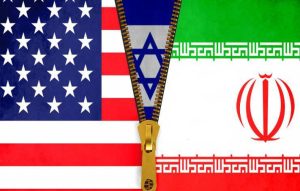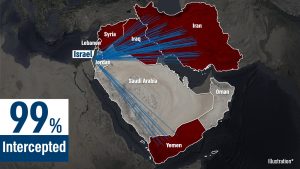Islamic Terrorism Report – 2018 ( executive summary)


Islamic Terrorism Report – 2018
According to recent UN report, recent intel on Islamic Terrorism groups (DAESH, Al-Qaida) present a very troubling situation as it seems to exist more than 30.000 militants in Syria and Iraq, but they seem to remain under the radar and have not yet spread to other regions as it was expected. Such a case could be considered as a theory basis, showing a conversion of all this personnel into a mass of floating networks into the western Europe by using refugee/migration waves of people.
One other problem is that there seems to be a significant gap on Intel regarding the financial support of DAESH. There have been many efforts to control and filter any financial back-channels of funds towards terrorists, but it seems that crypto currencies and some “dummy companies/NGOs” are not easy to monitor.
On top of previous mentioned data, Al-Qaida has been on the rise again as reports mention:
“Hamza bin Laden (not listed) has also continued to emerge as a leadership figure in Al-Qaida. Al-Qaida’s leadership demonstrates strategic patience and its regional affiliates exercise good tactical judgment, embedding themselves in local issues and becoming players. While there is as yet little evidence of a re-emerging direct global threat from Al-Qaida, improved leadership and enhanced communication will probably increase the threat over time, as will any rise in the tendency, already visible in some regions, of ISIL supporters to join Al-Qaida“
There have been some intel (mostly by GRU) that presents a very troublesome picture of DAESH and Al-Qaida sharing same networks and cells all over Europe in order to maintain a fighting level , especially when it comes on recruiting and radicalizing, while at the same time , maintain a threatening level of attacks all over Europe.
These information also include some solid data about those terrorist networks working with organized crime , especially with gangs that have been associated with smuggling weapons, drugs, ancient antiquities and women/children trafficking. Their connections have been more than once identified in hot spots in Spain and Greece, where members of DAESH were contacting local crime networks.
Last but not least of the concerns regarding DAESH and sympathizers of it are the following:
1. Internet. Terrorists seem to become more and more familiar with it and use social media, web pages, and IM applications to communicate and recruit people. While DAESH has lost most of its territory cohesion and has no known strong leadership, propaganda and videos like this one are still online trying to recruit and attract attention.
On this video there are statistics that DAESH claims as successful attacks against forces in Iraq. It is also enriched with preaching subtitles in English languange so people who are not of Middle Eastern origin but still fall for this kind of propaganda may be attracted to their ranks.
2. New technologies. Last field reports from Syria have been indicating that DAESH troops have been keen on using new and cheap technologies in order to accomplish their goals. Drones, IED s, Cheap dirty bombs are only some of the ways used by them in order to fight allied forces on field. When terrorists groups were driven out of Aleppo and Damascus, US forces recovered huge amount of manuals and data on how to use such means to accomplish their intentions. Bio-hazard attacks are also a big issue as they have already seemed very keen on weaponizing chemical IED s.
3. Returning Jihadist and radicalization. This is a very serious and complex problem as more and more reports, indicate a covert operation , especially on specific areas mostly inhabited by Muslims and prisons. Population density and similar religion beliefs are an easy pool to recruit and even organize networks that will support future actions. Another side of this which is very hard to deal with is the flow of migration which includes several veteran of Syria. Veterans which are not always men adults, but also trained children and women who also share the same goals of Islamic terrorism.
As a set of recommendations most reports include a set of measures that need to be taken in order to maintain high level of security and at the same time work against radicalization.
– Control and freeze assets when there are indications of money laundering, especially through “charities & NGOs”
– Maintain control and filter internet applications and social media. Use of “strict & ban” should be used by authorities when danger is imminent, otherwise an effort should be taken to monitor and gather intel for further actions.
– Regulate migration flows and use of new technologies in order to identity possible threats of undercover Jihadist. Biometrics is a new added “tech weapon” that has a very good success rate.
– Arm embargo for regions and countries that present high risk on terrorism.
– Continuous cooperation between intelligence services and member state authorities.
– Educational campaigns to discriminate radicals from simple believers of Islamic religion. This is important in order to be able to isolate and take out eventually, Jihadist and other radicals.
– Establish stability and security in countries and regions which suffer from radical Islam supporters, by giving full support to elected representatives and their governments.
References – Sources:
– Analytical Support and Sanctions Monitoring Team. (UNSC 22nd Report letter S/2018/705)
– The Nature of Affiliation: Daesh in Africa and the Middle East. (Richardson Institure. Lancaster University – 2016)
– From DAESH to Diaspora: Tracing the Womend and Minors of Islamic State. (ICSR – 7/2018)
Alexandros Niklan
Sr. Security Consultant
For Geopolitics & Daily News.




